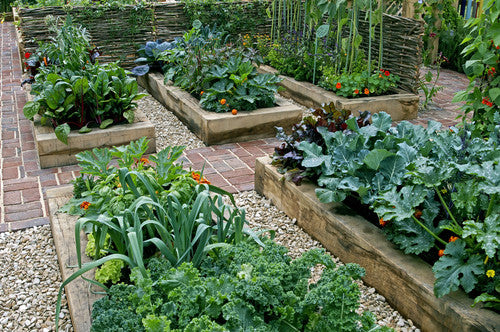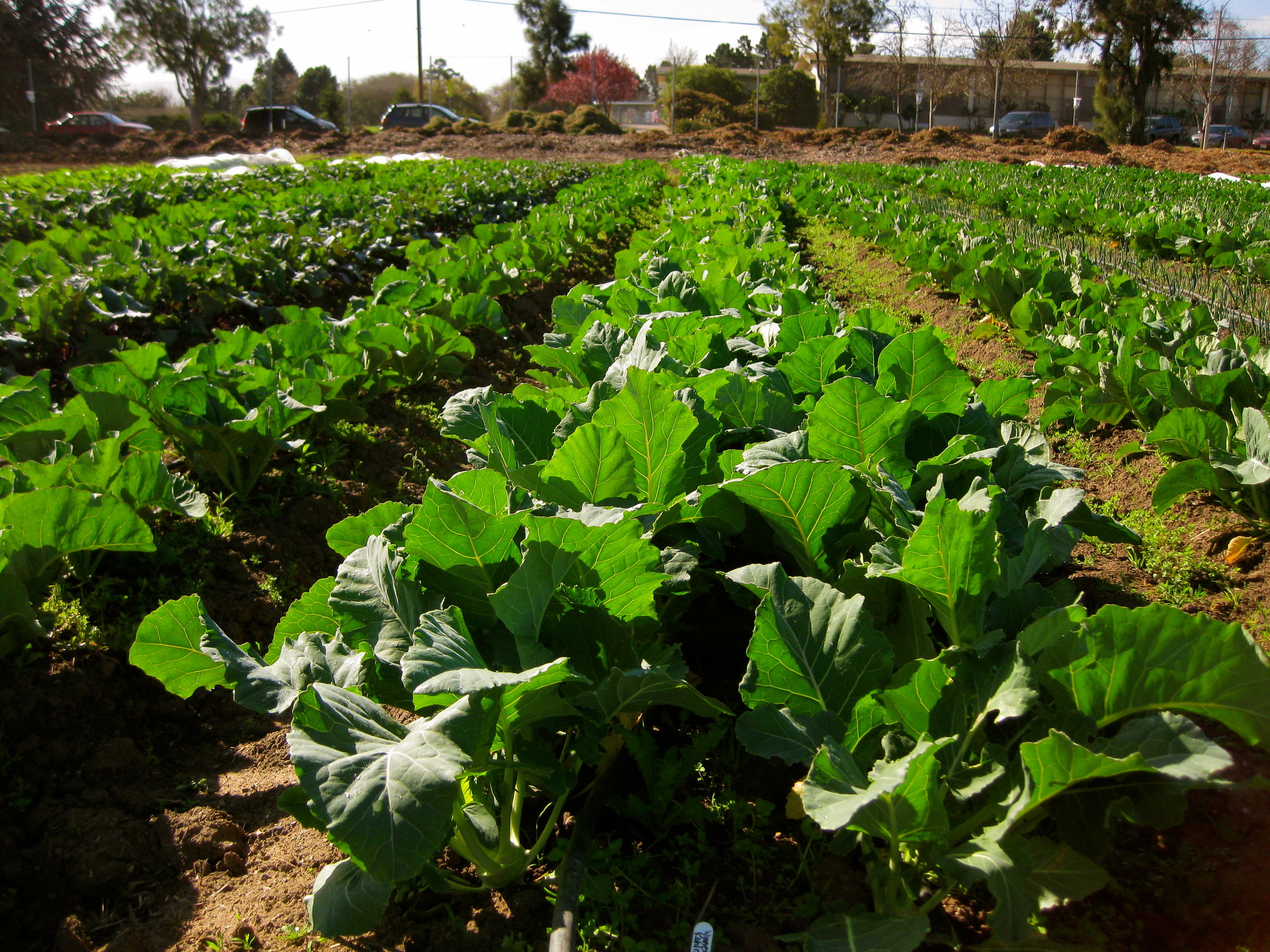Learn How to Grow a Thriving Horticulture Environment for All Skill Degrees
Creating a flourishing yard is a diverse endeavor that can be embraced by people at any type of ability degree. By taking a look at crucial components such as soil health, appropriate plant option, and seasonal treatment routines, one can develop a sustainable horticulture method that produces satisfying results.
Understanding Your Garden Room
In the world of horticulture, comprehending your garden space is vital to cultivating a flourishing landscape (Homestead Gardening). The very first step in this venture entails assessing the certain attributes of your plot. Variables such as dirt make-up, sunlight exposure, and drain play critical duties in determining the suitability of your garden for different sorts of plants
Begin by performing a dirt test to assess pH levels and vitamins and mineral content, which will inform any necessary modifications. In addition, observe just how much sunshine your space gets throughout the day. Different plants have varying light demands; some prosper in full sunlight, while others like partial or complete shade.

Lastly, assess the readily available space and plan accordingly. This consists of thinking about plant heights and infected ensure appropriate space for development without overcrowding. By gaining a thorough understanding of your garden space, you established the structure for a successful horticulture experience.
Selecting the Right Plants
Choosing the right plants for your yard needs careful factor to consider of different elements, consisting of climate, dirt problems, and personal choices. Start by examining your neighborhood environment, as specific plants grow specifically temperature varieties and weather patterns. Tropical plants may not endure in colder areas, while sturdy perennials can hold up against rough winters months.

Consider your personal choices, including visual appeal and upkeep levels. Make a decision whether you choose lively flowers, lush foliage, or edible crops. Furthermore, variable in the moment and initiative you are ready to buy plant treatment, as some selections demand more focus than others.
Finally, consider the yard's format and light direct exposure. Sunshine patterns throughout the day will affect your choices-- some plants need full sunlight, while others prosper in shade. By thoughtfully assessing these aspects, you can create a productive and harmonious yard tailored to your setting and preferences.
Important Horticulture Tools
A fully equipped gardener can considerably boost their gardening experience and outcomes. Essential horticulture devices are essential to growing an effective yard, despite skill degree. A tough spade is invaluable for excavating and transforming dirt, while a trowel enables for precise planting and hair transplanting of smaller sized plants.
Trimming shears are crucial for keeping plant wellness by eliminating dead or overgrown branches, promoting better air blood circulation and growth. Additionally, a hand rake serves for clearing debris and aerating the soil, guaranteeing optimal conditions for plant origins.
Gardening gloves protect hands from chemicals, sores, and thorns, making them a crucial accessory. A watering can or hose with an adjustable nozzle guarantees that plants receive appropriate moisture without overwatering.
Lastly, think about purchasing a durable wheelbarrow for transporting soil, plants, and tools around the garden efficiently. By constructing a high quality toolkit that consists of these necessary items, garden enthusiasts can tackle numerous tasks with confidence and convenience, leading the way for a flourishing horticulture environment. Bear in mind, the right tools not just boost effectiveness yet also boost the overall pleasure of the horticulture process.
Dirt Prep Work and Maintenance
Quality dirt redirected here is the foundation of an effective garden, making appropriate prep work and maintenance essential for healthy plant development. The very first step in dirt preparation entails checking its pH and nutrient degrees. This can be accomplished through dirt testing kits available at horticulture facilities or via professional services. Based upon the test results, changes can be made to maximize soil conditions for details plant demands.
Integrating raw material, such as compost or well-rotted manure, is vital for improving soil structure and look at this now fertility. This not just improves nutrient availability but also promotes helpful microbial task. Furthermore, proper drain is vital; hefty clay soils might require the addition of sand or perlite to boost aeration.
Normal upkeep of soil health consists of mulching, which conserves wetness and suppresses weeds. Additionally, turning plants annually helps protect against nutrient depletion and reduces pest and condition threats. It is also vital to stay clear of over-tilling, which can interrupt soil framework and damage useful organisms.
Ultimately, a regular dedication to soil prep work and maintenance basics will bring about a growing garden, making certain that plants get the vital nutrients they need for durable growth and performance.
Seasonal Care and Management

In spring, concentrate on planting brand-new seeds and seed startings, while also performing soil examinations to amend nutrient shortages. Frequently examine for insects and conditions, as these can proliferate with the warming climate. Summer demands regular watering and mulching to keep dampness, along with pruning for far better air circulation.
As fall strategies, it's time to prepare the garden for inactivity. This consists of harvesting crops, tidying up particles, and applying a layer of mulch to shield plant roots from frost. Think about growing cover crops to enhance the dirt throughout the cold weather.
Inspect structures like greenhouses for damage and guarantee proper insulation for sensitive plants. By adapting your gardening methods to the seasonal cycles, you can promote a growing atmosphere that sustains plant health and wellness year-round.
Final Thought
In verdict, growing an effective garden needs a detailed understanding of necessary concepts such as soil structure, sunlight exposure, and appropriate plant option. Routine seasonal care and monitoring techniques even more boost plant health and wellness and efficiency.
Selecting the right plants for your garden calls for careful factor to consider of different variables, including climate, dirt conditions, and personal choices. Conduct a dirt examination to determine pH degrees and vitamins and mineral material, which will lead you in selecting plants that will flourish in your yard.Lastly, consider spending in a durable wheelbarrow for transporting dirt, plants, and devices around the garden effectively.Quality dirt is the foundation of an effective yard, making appropriate prep work and maintenance vital for healthy plant growth. Homestead Gardening.In verdict, growing a successful yard calls for a comprehensive understanding of necessary principles such as soil structure, sunshine direct exposure, and suitable plant choice